#about Korea
Explore tagged Tumblr posts
Text
imagine being a Korean person awake at like one in the morning trying to accept that the president of South Korea actually just tried to go full dictatorship by way of an emergency martial law because he was basically having a political temper tantrum and every agency and corporation in the country is all hands on deck, code red mode on everything and the military is being deployed and then the assembly revokes the martial law and then the president is like lol nevermind and now you have to get ready to work at your shitty job on a Wednesday

71K notes
·
View notes
Text

“In North Korea, there’s no sun. They got rid of the sun. Cause communism”
9K notes
·
View notes
Text
What does life in North Korea look like outside of Pyongyang? 🇰🇵
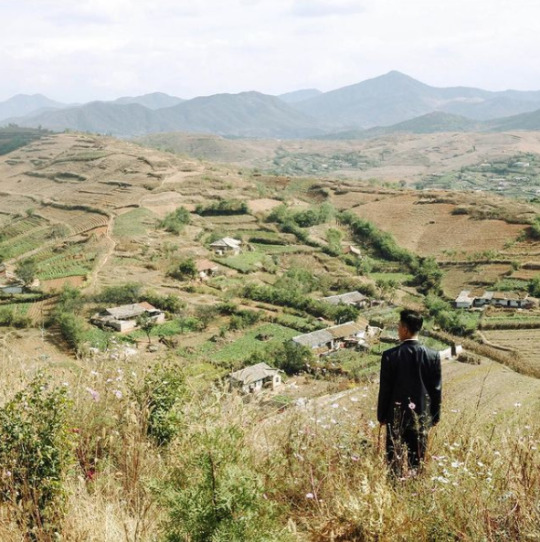
Hey, I'm back again with a very scary "tankie" post that asks you to think of North Koreans as people, and to consider their country not as a cartoonish dystopia, but as a nation that, like any other place on earth, has culture, traditions, and history.
Below is a collection of pictures from various cities and places in North Korea, along with a brief dive into some of the historical events that informs life in the so-called "hermit kingdom."
Warning: very long post
Kaesong, the historic city
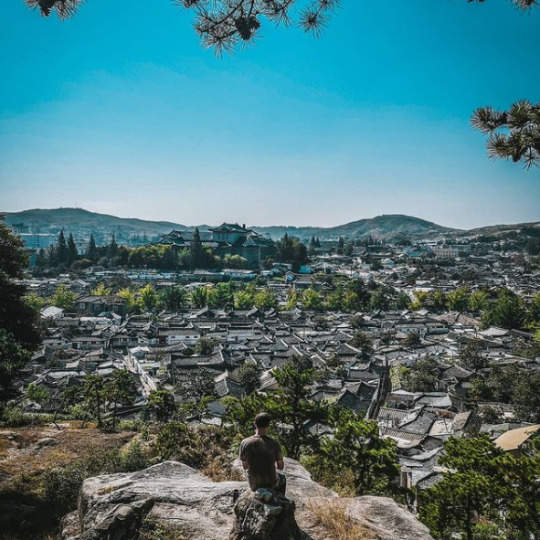
Beginning this post with Kaesong, one of the oldest cities in Korea. It's also one of the few major cities in the DPRK (i.e. "North Korea") that was not completely destroyed during the Korean war.
Every single city you'll see from this point on were victims of intense aerial bombardments from the U.S. and its allies, and had to be either partially or completely rebuilt after the war.
From 1951 to 1953, during what has now become known as the "forgotten war" in the West, the U.S. dropped 635,000 tons of bombs over Korea — most of it in the North, and on civilian population centers. An additional 32,000 tons of napalm was also deployed, engulfing whole cities in fire and inflicting people with horrific burns:
For such a simple thing to make, napalm had horrific human consequences. A bit of liquid fire, a sort of jellied gasoline, napalm clung to human skin on contact and melted off the flesh. Witnesses to napalm's impact described eyelids so burned they could not be shut and flesh that looked like "swollen, raw meat." - PBS
Ever wondered why North Koreans seem to hate the U.S so much? Well...
Keep in mind that only a few years prior to this, the U.S. had, as the first and only country in the world, used the atomic bomb as a weapon of war. Consider, too, the proximity between Japan and Korea — both geographically and as an "Other" in the Western imagination.
As the war dragged on, and it became clear the U.S. and its allies would not "win" in any conventional sense, the fear that the U.S. would resort to nuclear weapons again loomed large, adding another frightening dimension to the war that can probably go a long way in explaining the DPRK's later obsession with acquiring their own nuclear bomb.
But even without the use of nuclear weapons, the indiscriminate attack on civilians, particularly from U.S. saturation bombings, was still horrific:
"The number of Korean dead, injured or missing by war’s end approached three million, ten percent of the overall population. The majority of those killed were in the North, which had half of the population of the South; although the DPRK does not have official figures, possibly twelve to fifteen percent of the population was killed in the war, a figure close to or surpassing the proportion of Soviet citizens killed in World War II" - Charles K. Armstrong
On top of the loss of life, there's also the material damage. By the end of the war, the U.S. Air Force had, by its own estimations, destroyed somewhere around 85% of all buildings in the DPRK, leaving most cities in complete ruin. There are even stories of U.S. bombers dropping their loads into the ocean because they couldn't find any visible targets to bomb.
What you'll see below of Kaesong, then, provides both a rare glimpse of what life in North Korea looked like before the war, and a reminder of what was destroyed.
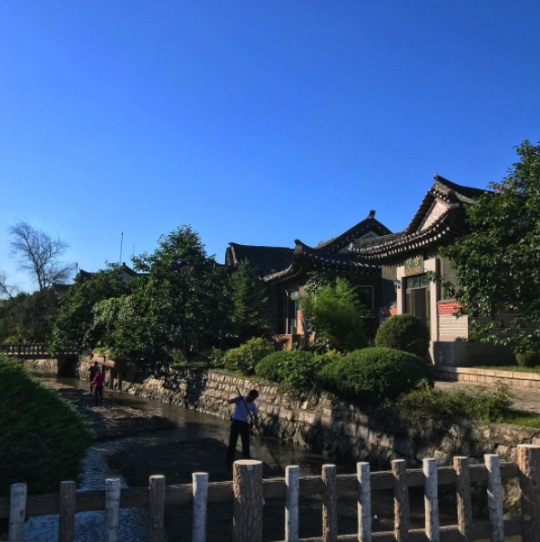
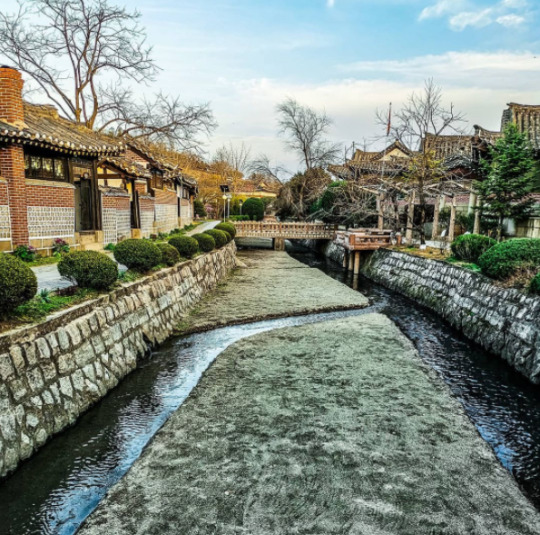
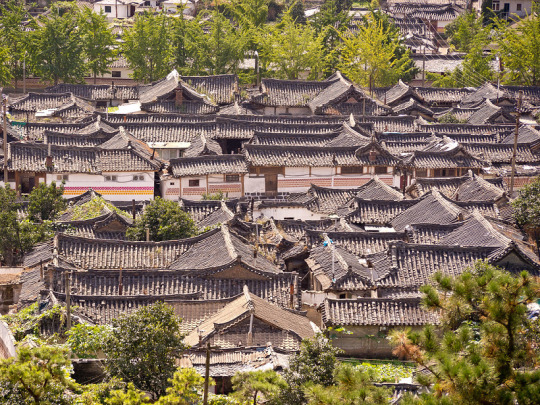
Kaesong's main street, pictured below.
Due the stifling sanctions imposed on the DPRK—which has, in various forms and intensities, been in effect since the 1950s—car ownership is still low throughout the country, with most people getting around either by walking or biking, or by bus or train for longer distances.
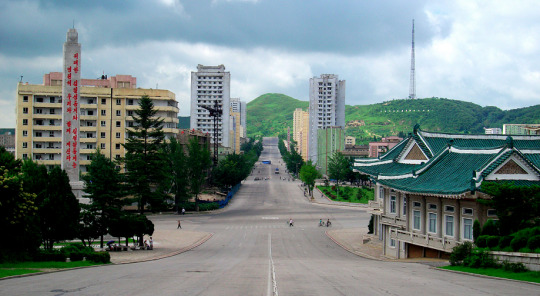
Kaesong, which is regarded as an educational center, is also notable for its many Koryŏ-era monuments. A group of twelve such sites were granted UNESCO world heritage status in 2013.
Included is the Hyonjongnung Royal Tomb, a 14th-century mausoleum located just outside the city of Kaesong.
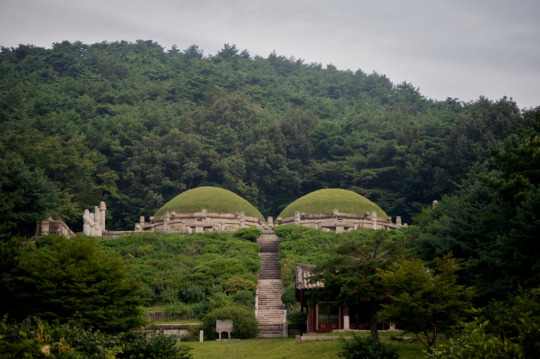
One of the statues guarding the tomb.
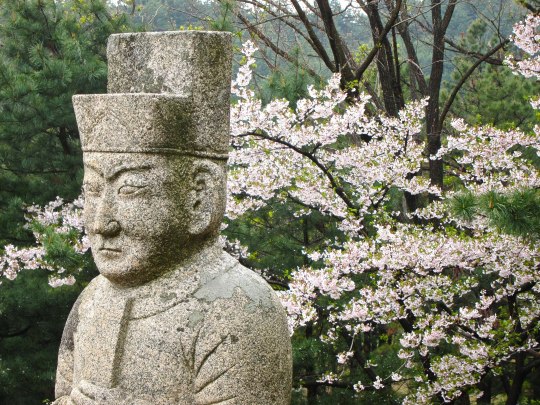
Before moving on the other cities, I also wanted to showcase one more of the DPRK's historical sites: Pohyonsa, a thousand-year-old Buddhist temple complex located in the Myohyang Mountains.
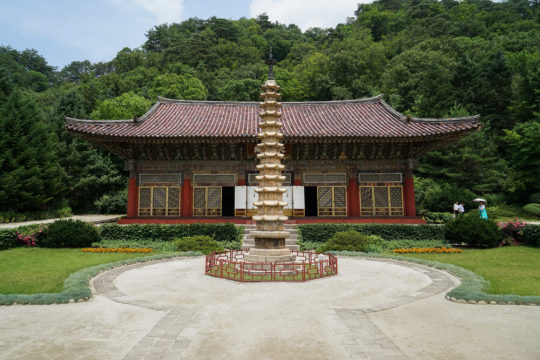
Like many of DPRK's historic sites, the temple complex suffered extensive damage during the Korean war, with the U.S. led bombings destroying over half of its 24 pre-war buildings.
The complex has since been restored and is in use today both as a residence for Buddhist monks, and as a historic site open to visitors.
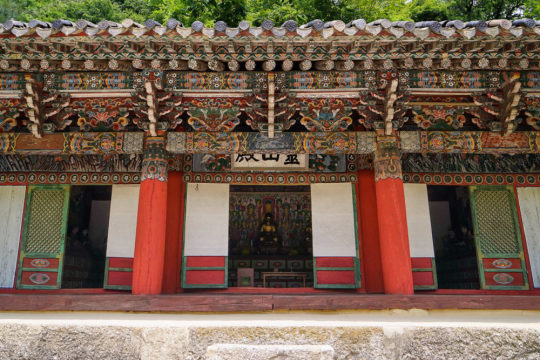
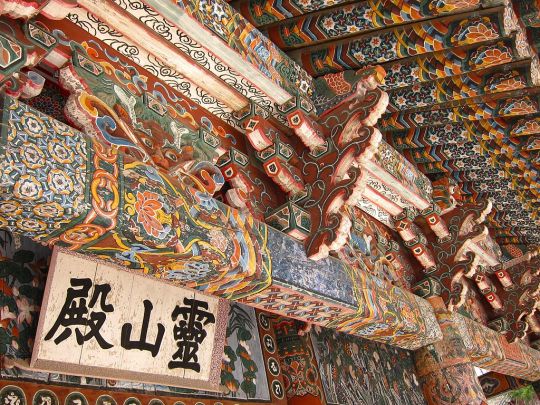
Hamhung, the second largest city in the DPRK.
A coastal city located in the South Hamgyŏng Province. It has long served as a major industrial hub in the DPRK, and has one of the largest and busiest ports in the country.
Hamhung, like most of the coastal cities in the DPRK, was hit particularly hard during the war. Through relentless aerial bombardments, the US and its allies destroyed somewhere around 80-90% percent of all buildings, roads, and other infrastructure in the city.
Now, more than seventy years later, unexploded bombs, mortars and pieces of live ammunition are still being unearthed by the thousands in the area. As recently as 2016, one of North Korea's bomb squads—there's one in every province, faced with the same cleanup task—retrieved 370 unexploded mortar rounds... from an elementary school playground.
Experts in the DPRK estimate it will probably take over a hundred years to clean up all the unexploded ordnance—and that's just in and around Hamhung.
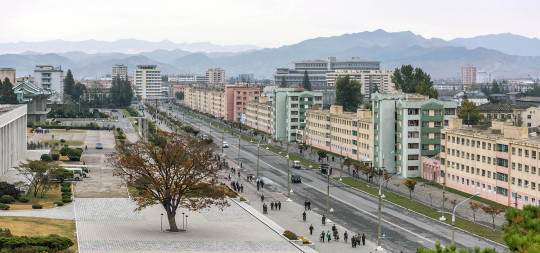
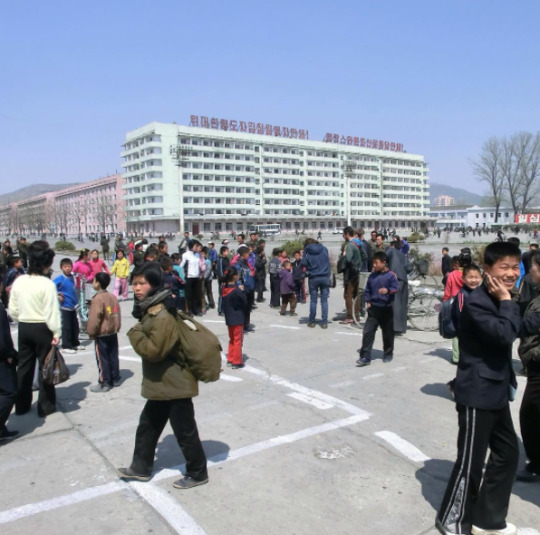
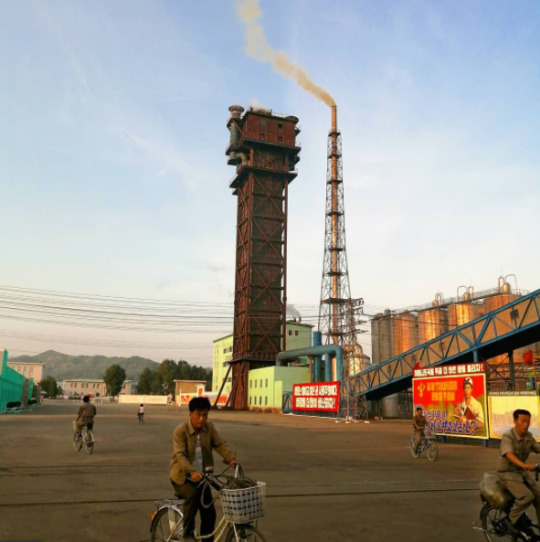
Hamhung's fertilizer plant, the biggest in North Korea.
When the war broke out, Hamhung was home to the largest nitrogen fertilizer plant in Asia. Since its product could be used in the creation of explosives, the existence of the plant is considered to have made Hamhung a target for U.S. aggression (though it's worth repeating that the U.S. carried out saturation bombings of most population centers in the country, irrespective of any so-called 'military value').
The plant was immediately rebuilt after the war, and—beyond its practical use—serves now as a monument of resistance to U.S. imperialism, and as a functional and symbolic site of self-reliance.
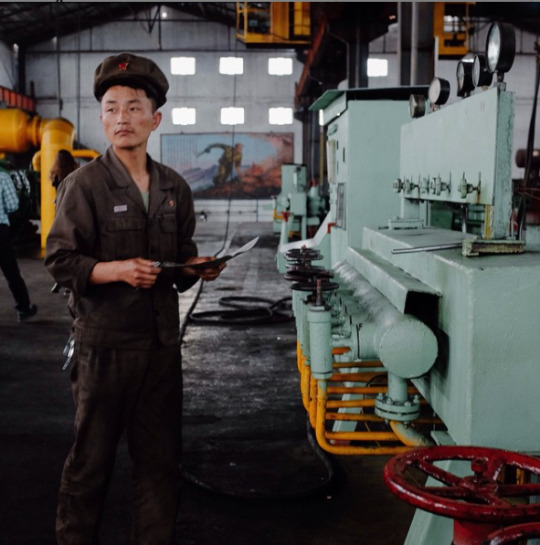
Chongjin, the third largest city in the DPRK.
Another coastal city and industrial hub. It underwent a massive development prior to the Korean war, housing around 300,000 people by the time the war broke out.
By 1953, the U.S. had destroyed most of Chongjin's industry, bombed its harbors, and killed one third of the population.
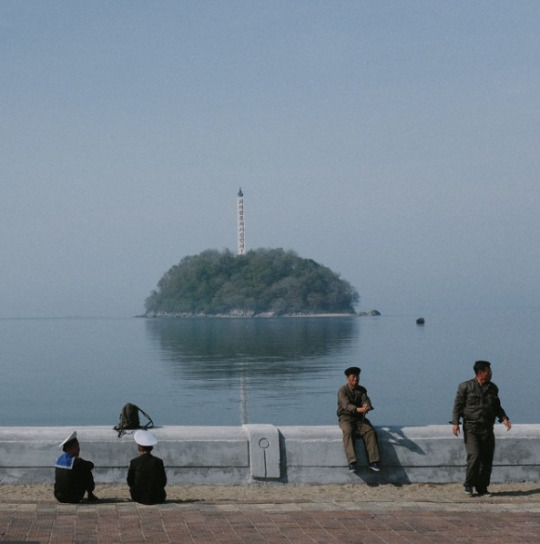
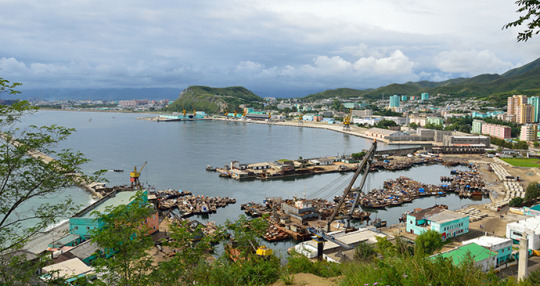
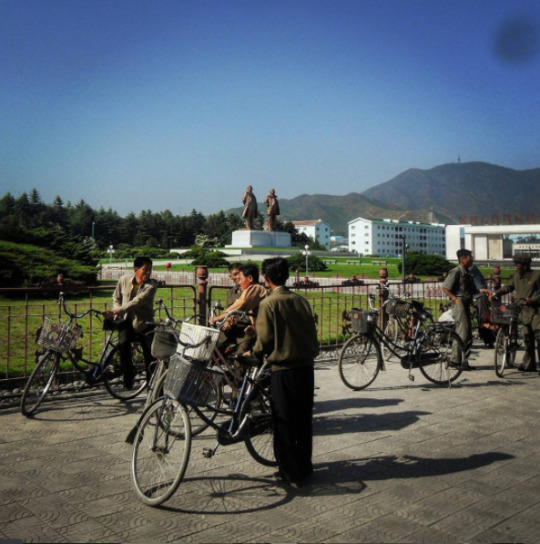
Wonsan, a rebuilt seaside city.
The city of Wonsan is a vital link between the DPRK's east and west coasts, and acts today as both a popular holiday destination for North Koreans, and as a central location for the country's growing tourism industry.
Considered a strategically important location during the war, Wonsan is notable for having endured one of the longest naval blockades in modern history, lasting a total of 861 days.
By the end of the war, the U.S. estimated that they had destroyed around 80% of the city.
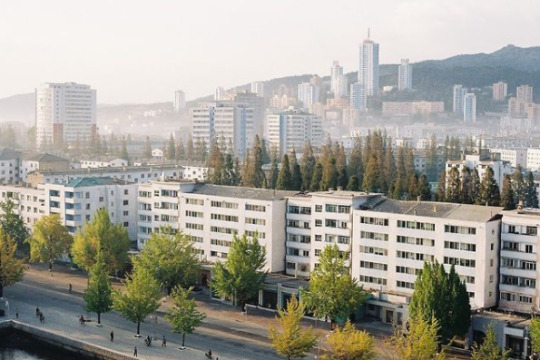
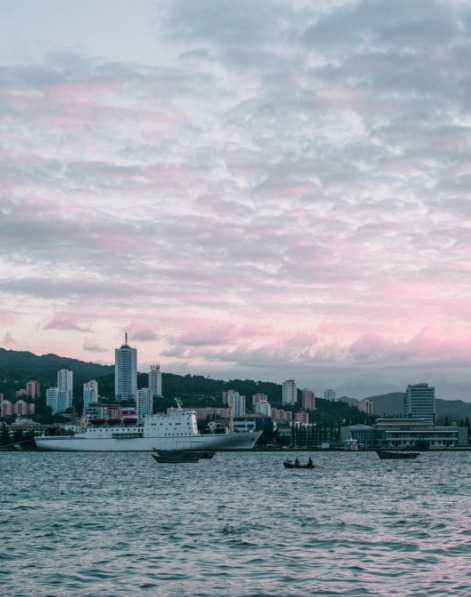
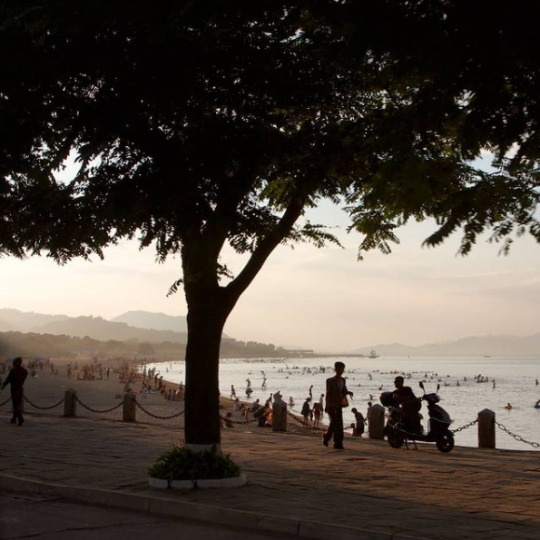
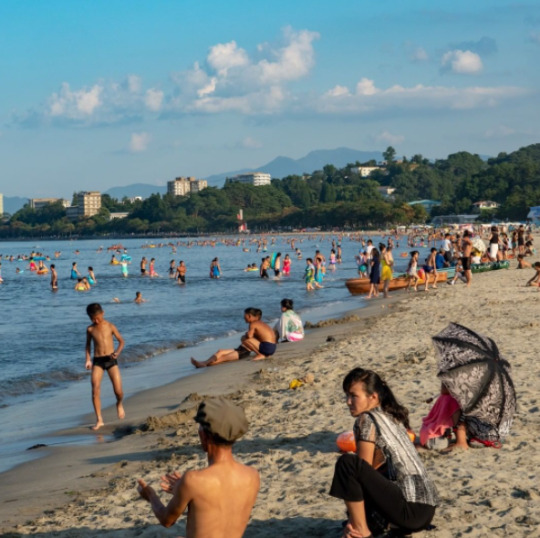
Masikryong Ski Resort, located close to Wonsan. It opened to the public in 2014 and is the first, I believe, that was built with foreign tourists in mind.
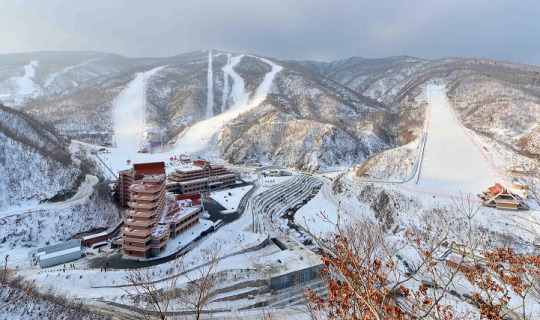
Sariwon, another rebuilt city
One of the worst hit cities during the Korean War, with an estimated destruction level of 95%.
I've written about its Wikipedia page here before, which used to mockingly describe its 'folk customs street'—a project built to preserve old Korean traditions and customs—as an "inaccurate romanticized recreation of an ancient Korean street."
No mention, of course, of the destruction caused by the US-led aerial bombings, or any historical context at all that could possibly even hint at why the preservation of old traditions might be particularly important for the city.
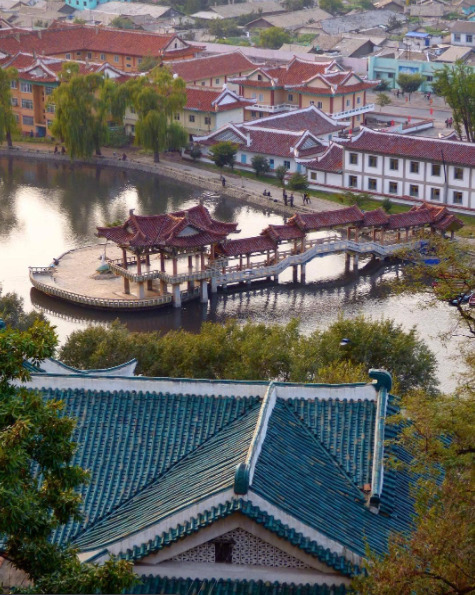
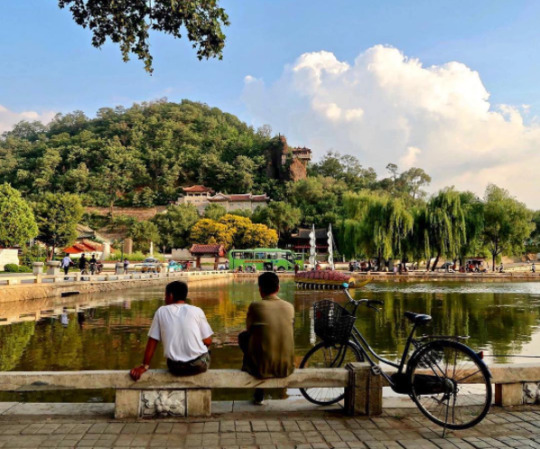
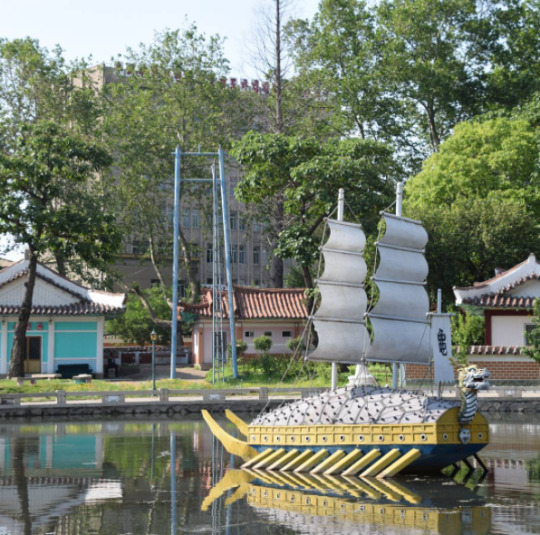
Life outside of the towns and cities
In the rural parts of the DPRK, life primarily revolves around agriculture. As the sanctions they're under make it difficult to acquire fuel, farming in the DPRK relies heavily on manual labour, which again, to avoid food shortages, requires that a large portion of the labour force resides in the countryside.
Unlike what many may think, the reliance on manual labour in farming is a relatively "new" development. Up until the crisis of the 1990s, the DPRK was a highly industrialized nation, with a modernized agricultural system and a high urbanization rate. But, as the access to cheap fuel from the USSR and China disappeared, and the sanctions placed upon them by Western nations heavily restricted their ability to import fuel from other sources, having a fuel-dependent agricultural industry became a recipe for disaster, and required an immediate and brutal restructuring.
For a more detailed breakdown of what lead to the crisis in the 90s, and how it reshaped the DPRKs approach to agriculture, check out this article by Zhun Xu.
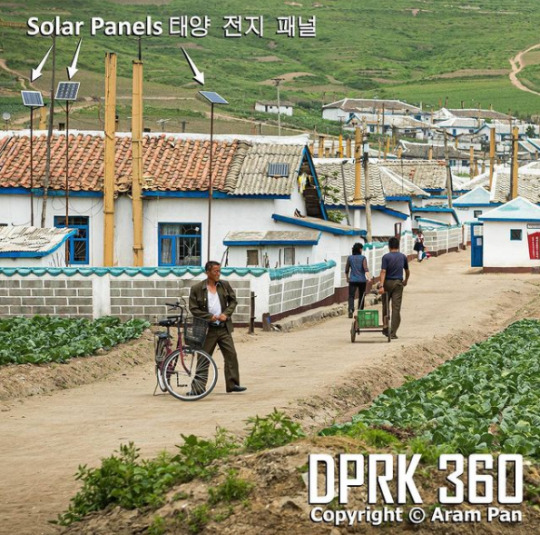
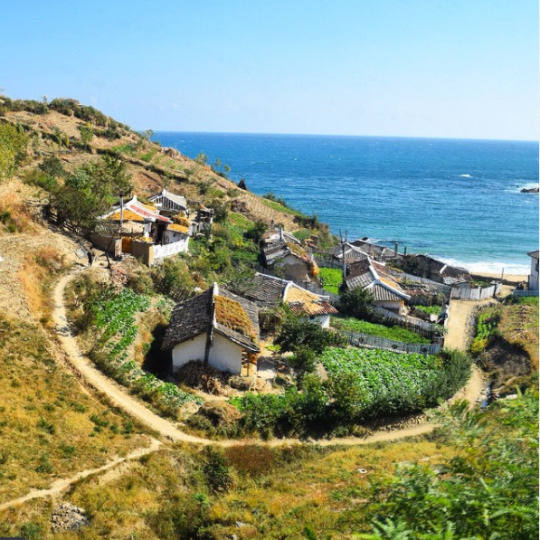
Some typical newly built rural housing, surrounded by farmland.
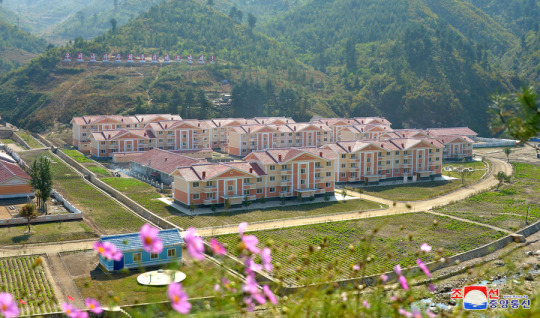
Tumblr only allows 20 pictures per post, but if you want to see more pictures of life outside Pyongyang, check out this imgur album.
#dprk#north korea#i've had this post unfinished in drafts for almost a year#also sorry about the spelling and potential formatting issues it's a nightmare to edit at this point#it was literally just meant to be a collection of picture and then the writing just sort of happened#enjoy the brief heritageposts history lesson i guess
7K notes
·
View notes
Text
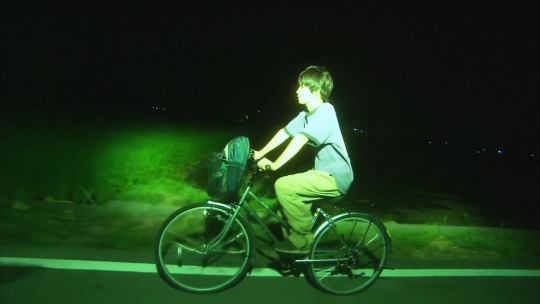
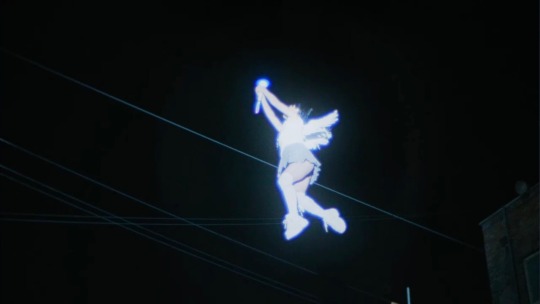

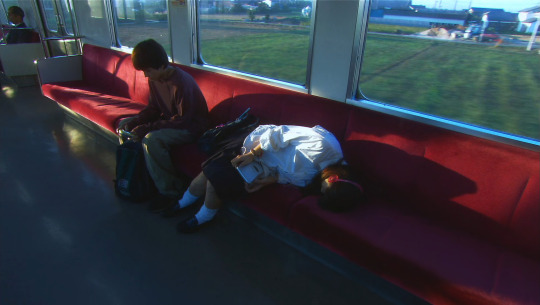
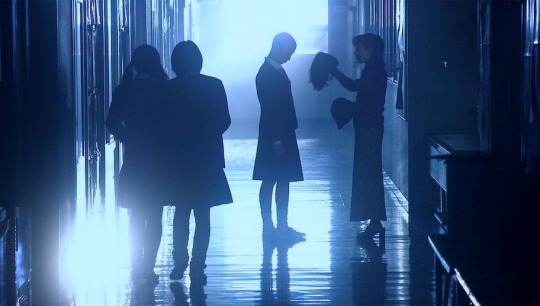
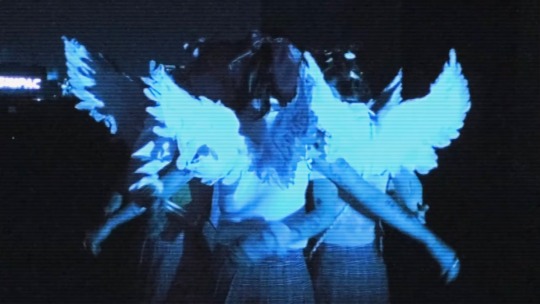
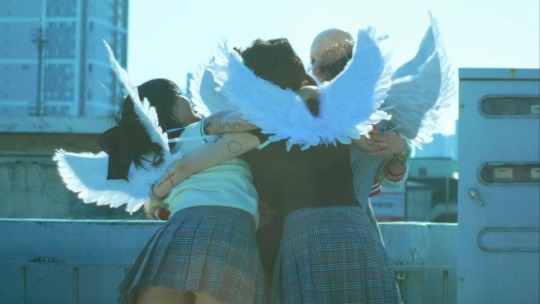


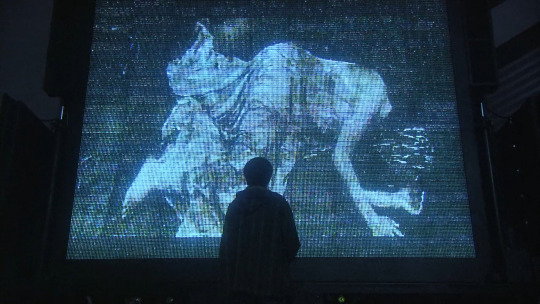
The Ether.
All About Lily Chou-Chou (2001) dir. Shunji Iwai x Virtual Angel MV by ARTMS
リリイ・シュシュのすべて
#cinema#film stills#asian cinema#cinematography#film#all about lily chou chou#shunji iwai#artms#loona#screen caps#parallels#japanese cinema#japanese film#japan#south korea#k pop#kpop#kpop mv#mv stills#virtual angel#mv#jinsoul#kim lip#choerry#heejin#jeon heejin
1K notes
·
View notes
Text










updates from Sarah Jeong on bluesky about the martial law in S. Korea that came and went within 3 hrs lol.
#look I know its a serious situation when a president attempts to take over the government#but there are just. INCREDIBLY korean things about this whole thing that I can't help but laugh a bit#Oh look what happens when checks and balances actually works can the US please take note#funny#mypost#south korea#politics
282 notes
·
View notes
Text

All aboard the victory wagon!
Just little Ingo and little Emmet riding a two car wagon. They like it
#pokemon#submas#subway bosses#pokemon ingo#subway boss ingo#pokemon emmet#subway boss emmet#submas fanart#inspired by a variety show from my country#it's about celebrity dads raising their kids without their wife for 48 hours#probably well-known outside korea also#and there was a triplet father who had a three car wagon for his kids#yeah i was inspired by that
193 notes
·
View notes
Text

My real time reaction of watching an American influencer spread straight up lies about my country because they lived/visited there at some point
#“some DISGUSTING truths about korea” oh okay- i mean sure yeah. Racism is still pretty intense in Korea- I can understand how-#“60% of men and 81% of women think cheating is GOOD for their relationship” WHAT.#WE LITERALLY DON'T????#WHAT THE FUCK IS THAT STATISTIC THAT YOU PULLED OUT OF YOUR ASS#“it's super cheap to live and buy food in korea” NO??#WE HAVE THE SAME SHITTY ECONOMY AS YOU FAM- THE PRICES AREN'T FUCKING “3 TO 4 DOLLARS” PER MEAL???#HAVE YOU BEEN EATING PACKETS OF PEANUTS FOR BREAKFAST DINNER AND LUNCH?? WHAT?#and then they mentioned the racism which yeah- like I said-#it's a big problem there- that's a totally valid point#but 60% OF MEN 81% OF WOMEN DO NOT THINK CHEATING IS GOOD??#I think I'm more concerned about how many people were wholeheartedly believing it in the comments like- please at least ask her to site her#sources other than her own experience#I UNDERSTAND that you had a relationship with a korean guy once and he cheated on you and had a whole other girlfriend but MAYBE have you#considered that you just had a really shitty boyfriend and that it doesn't apply to everyone else
273 notes
·
View notes
Text
Welcome 양띵 to the QSMP!

I know that the current state of the QSMP is a bit iffy and many may not feel comfortable watching QSMP right now (valid response), but I still feel like a warm welcome to these new Korean creators is still needed regardless as they are being introduced to an international community, which is a very scary thing ngl.
So welcome 양띵 or Yangdding who will be one of the new Korean CCs!
She streams on CHZZK and her channel can be found here.
Her Youtube can be found here.
Fun fact: She was the first YouTuber in Korea to reach 1 million view and is considered to be the one to create the foundation for Korean Minecraft content.
#qsmp#qsmp korea#qsmp yangdding#qsmp 양띵#a bit about me too i wont liveblog qsmp for the foreseeable future#i just want to make sure that everyone knows where to find these new ccs and how to access their content#cause even if qsmp has no improvements and more people leave than stay#being introduced to new international ccs regardless is still really cool#and people may begin watching them outside of qsmp related stuff too
613 notes
·
View notes
Text


a single mom who works two jobs
#hetalia#hetalia world series#hws#hws china#yao wang#hws japan#kiku honda#hws hong kong#leon kirkland#hws taiwan#hws south korea#im yong soo#hws macau#hws vietnam#i’ve wanted to draw the easian family for a while they are so cute#i think about them a lot
297 notes
·
View notes
Text









it's a graveyard in hadestown, way down hadestown WAY DOWN UNDER THE GROUND!
하데스타운 / HADESTOWN (2024) Korean Production
#hadestown#hadestown korea#broadwayedit#musicaledit#theatreedit#hadestown musical#asiantheatrenet#kim woo hyung#choi jae rim#lin a#unsure about the orpheus/eurydice but this is the cast for hades/hermes/persephone respectively#*#*gifs#tuseral
303 notes
·
View notes
Text
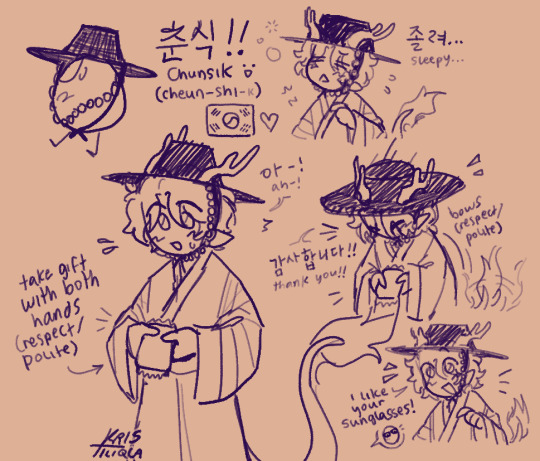
CHUNSIK MY BELOVEDDDDDD
#im korean american and BRO#when i tell you that i was so fucking excited and happy#i actually cried bc i got emotional thinking about it all 😭#the language i hear everyday being shown to an international audience n shit :((( waaaahhh its so cool man#my culture as well :(( i was so fuckin happy (i shared so much random korean shit on my twt LOL)#i died when q said he had a surprise for acau and mentioned the eggs bro#like holy shit YES A KOREAN EGG 😭😭😭 ITS ALL I’VE EVER WANTED BRO#I USED TO PRAY 😭😭😭#i love chunsik sm he’s such a polite lil gentleman :(((#he dug tina n her horse out when she fell in a hole …#placed blocks when she missed a jump to a ladder …#and opened a fucking door for her 😭😭 he’s such a sweetheart#i love him sm u actually dont understand#anyway normal tags now LOL#qsmp#qsmp fanart#qsmp chunsik#chunsik fanart#chunsik the egg#qsmp korea#he is my everything 😭🫶#my art
620 notes
·
View notes
Text
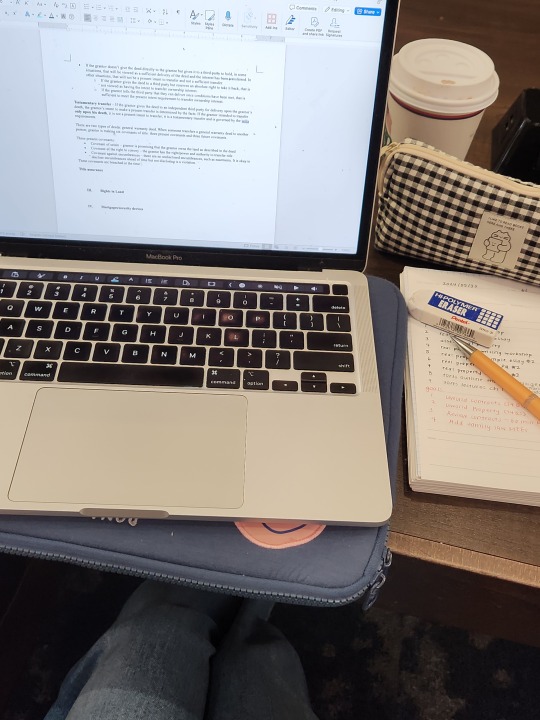
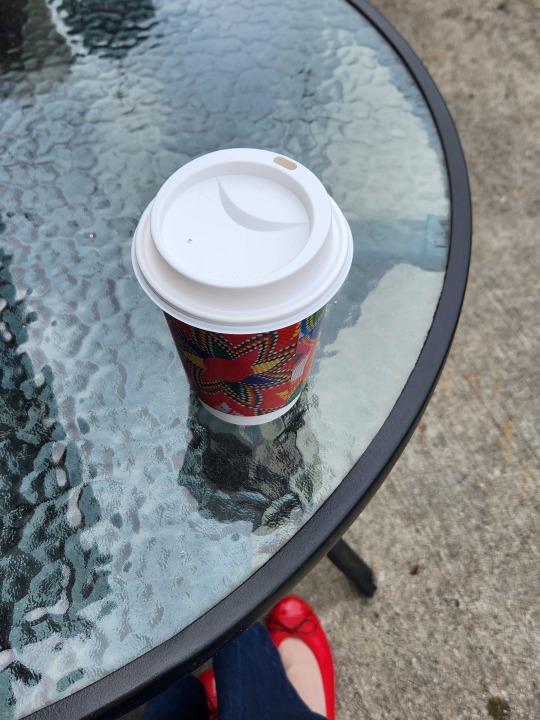
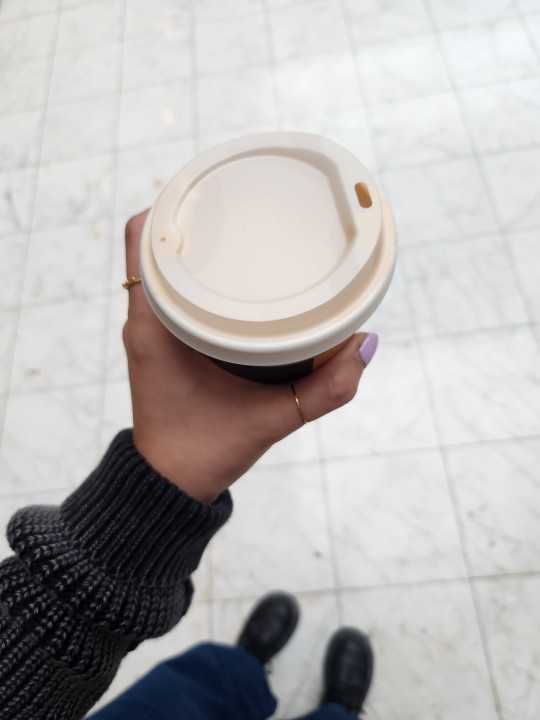
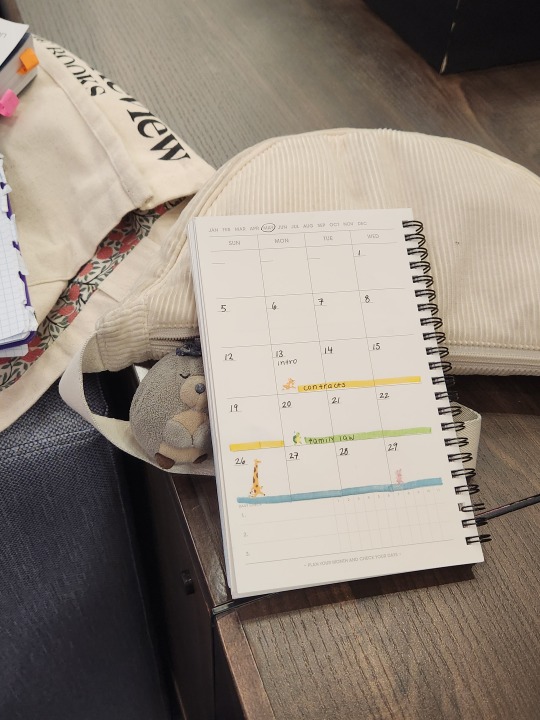
05/30/2024
where have i been, you ask? bar prep 24/7, baby!! well more like 24/7 dread about bar prep and only several hours of studying after calming myself down....... the only thing getting me through this tumultuous time is wearing cute shoes, drinking coffee, and using my cute new planner🌼
#please ignore the wrong info about the types of deeds as i am just quickly taking lecture notes.. i have since corrected it#my 3L law school hobonichi ended in march so i had to use the back grid pages as a weekly planner in april :(#now i'm using a 100 days motemote planner i got from korea and it is literally just a list of tasks for everyday#mine#studyblr#tea-tuesday#study inspiration#studyspo#studying#study#study motivation#b*r pr*p
359 notes
·
View notes
Text
every day you get reminded of how much of this website's politics seems to be "(progressively) being transgender is a white people thing."
#a trans woman from India cannot possibly identify as being a transgender woman#because that's an unfortunate westernization of her natural exotic and mysterious cultural third gender#and every trans woman is a white woman on 4chan bc that means you can derail a post about transmisogyny to say its just a white ppl problem#and 4b being radfems isn't important because there are no trans women in Korea who could possibly be put in danger because of it#tumblr hate posting#transmisogyny
204 notes
·
View notes
Text
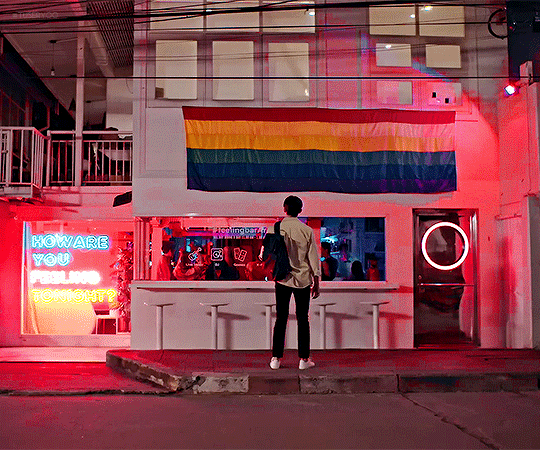
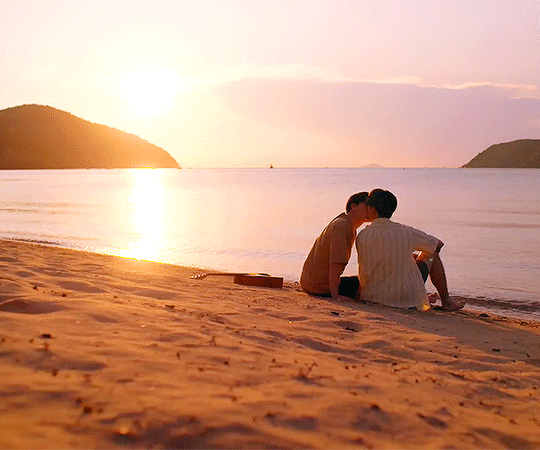
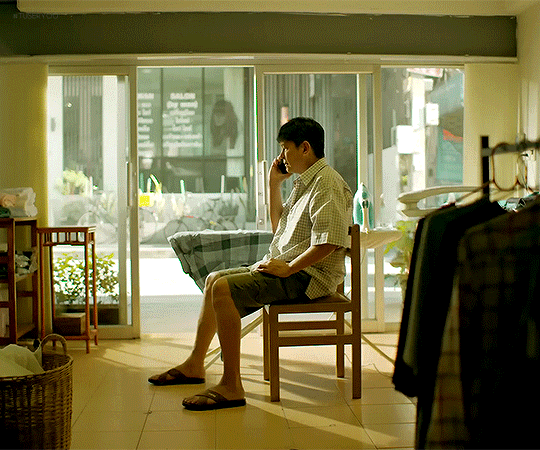
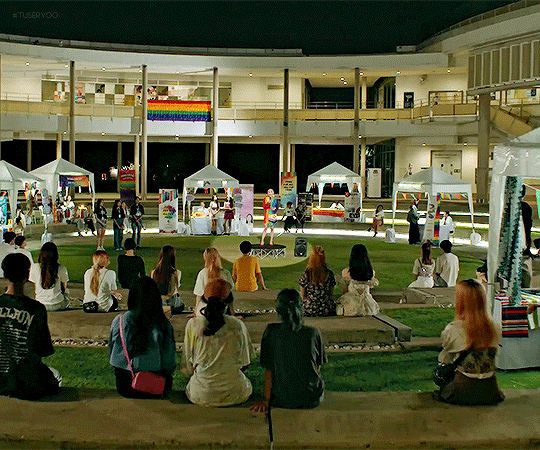
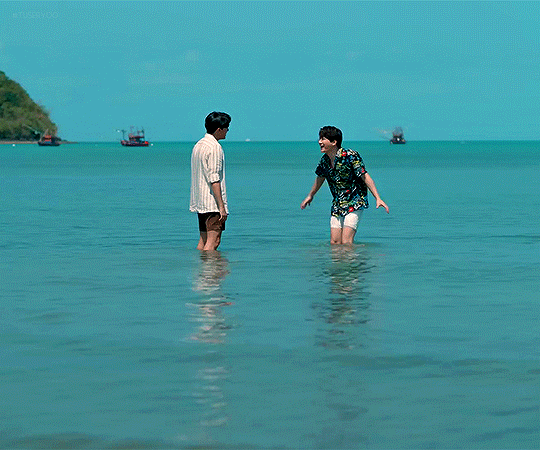
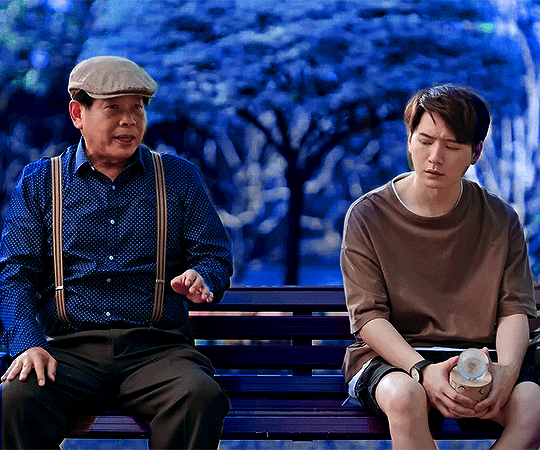
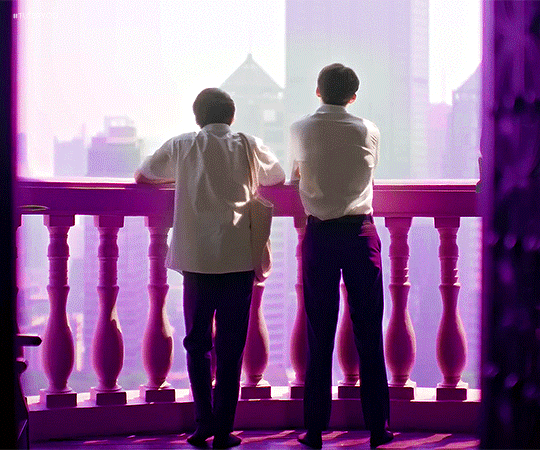
❝I just... want to be your comfort zone. That's all.❞
HAPPY ONE-YEAR ANNIVERSARY, BE MY FAVORITE!
#be my favorite#be my favorite the series#bmf#fluke gawin#krist perawat#aye sarunchana#aou thanaboon#th: be my favorite#pisaengkawi#bibi gifs#i didn't start watching this show from ep 1 i came along around ep 4 or 5 i think#and i've said this before but man i was glad this was my first thai bl#i heard so many bad things about thai bls before this like they were oversexualizing and would rather sell sex scenes than plot#and sure that happens a bit but then i found bmf and fell in love with the thai productions#honestly i was great that they also had such a large variety of those bc i ran out of things to watch from korea and japan#and there's a whole new world in thai ql
272 notes
·
View notes
Text


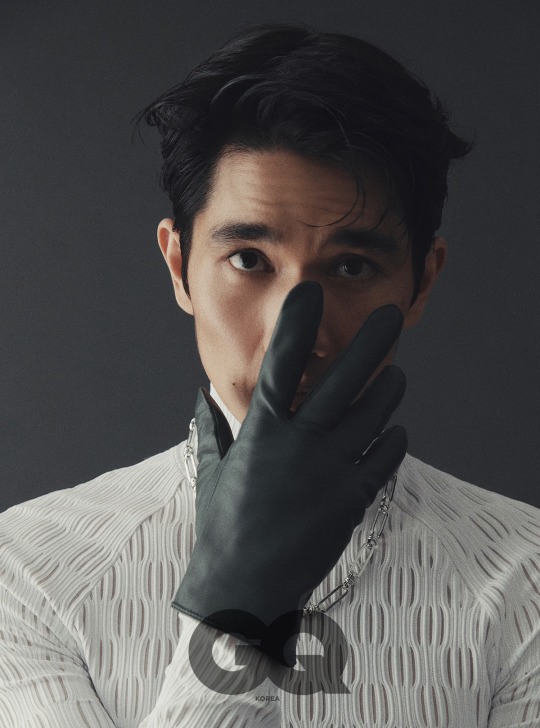



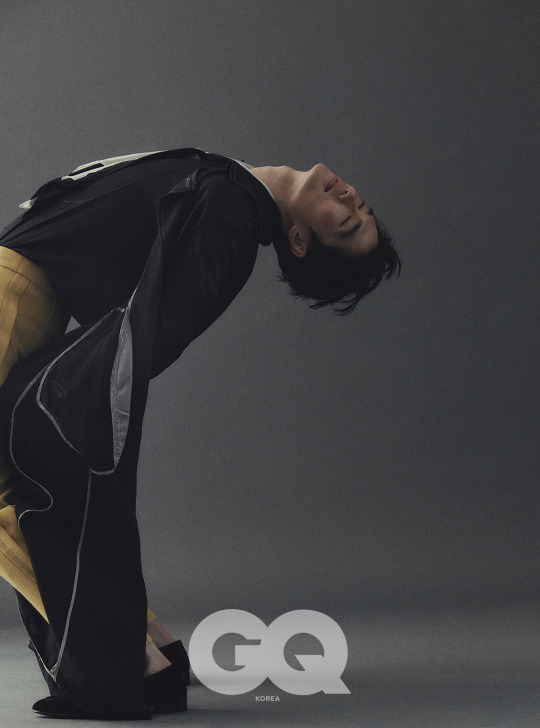
UHM TAE GOO for GQ Korea | August 2021
#me finding hd quality photos of uhm tae goo is a win for me#this photoshoot was a while ago already but I found better quality pics so here ya go ;)#five years later and I’m still not normal about him 🫶🏼#uhm tae goo#gq korea#photoshoot#kactor#kdrama
187 notes
·
View notes
Text
we need to make suggesting someone skip the first three seasons of mash as taboo as suggesting someone skip the ninth doctor
#killing biting maiming etc#if they're not your thing fine. whatever. you're wrong but it's fine#but if nothing else you're depriving new viewers of vital context that makes later emotional arcs more impactful#like. why should you give a shit about the first ten minutes of welcome to korea if you don't know who trapper is#hell you wouldn't know who hawkeye is!! the first episode is first for a reason it's there to introduce you to the characters + setting#or even the season 2 opener would be a better place to start since that's just the pilot done better#i won't pretend the early seasons are perfect but saying mash got good after season 3 is. well frankly it's stupid#this debate has been done to death but sometimes i'll see a take and go hang on did we watch the same show or do you just not get satire or#mash#my posts
113 notes
·
View notes